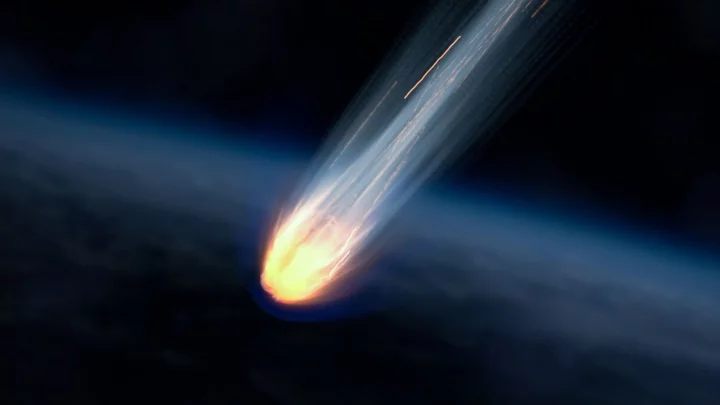For years people have been looking to the skies for signs of alien life - but maybe, they should have been looking at the bottom of the ocean this whole time.
A Harvard physicist has claimed that parts of an alien 'spacecraft' could have been uncovered under the sea.
Professor Avi Loeb set off on a search along the bottom of the Pacific Ocean and found 50 iron pieces which originated from the IM1 meteor.
IM1 crashed off the coast of Papua New Guinea and Leob believes it could contain key information in the search for life out there in the universe, saying he hasn’t discounted the idea of the pieces being evidence of a “spacecraft” from an “extraterrestrial technological civilization” which crashlanded on Earth.
Sign up to our free Indy100 weekly newsletter
Loeb is currently the head of Harvard’s Galileo Project, focusing on the search for aliens, and he said the fragments they found must have come from “a natural environment different from the solar system, or an extraterrestrial technological civilization.”
Speaking to Fox News Digital, Loeb detailed his thoughts on the origins of the meteor fragments by saying: “Given IM1's high speed and anomalous material strength, its source must have been a natural environment different from the solar system, or an extraterrestrial technological civilization.”
He added that IM1 “is actually tougher and has material strength that is higher than all the space rocks that were catalogued by NASA. That makes it quite unusual.”
Have your say in our news democracy. Click the upvote icon at the top of the page to help raise this article through the indy100 rankings.

